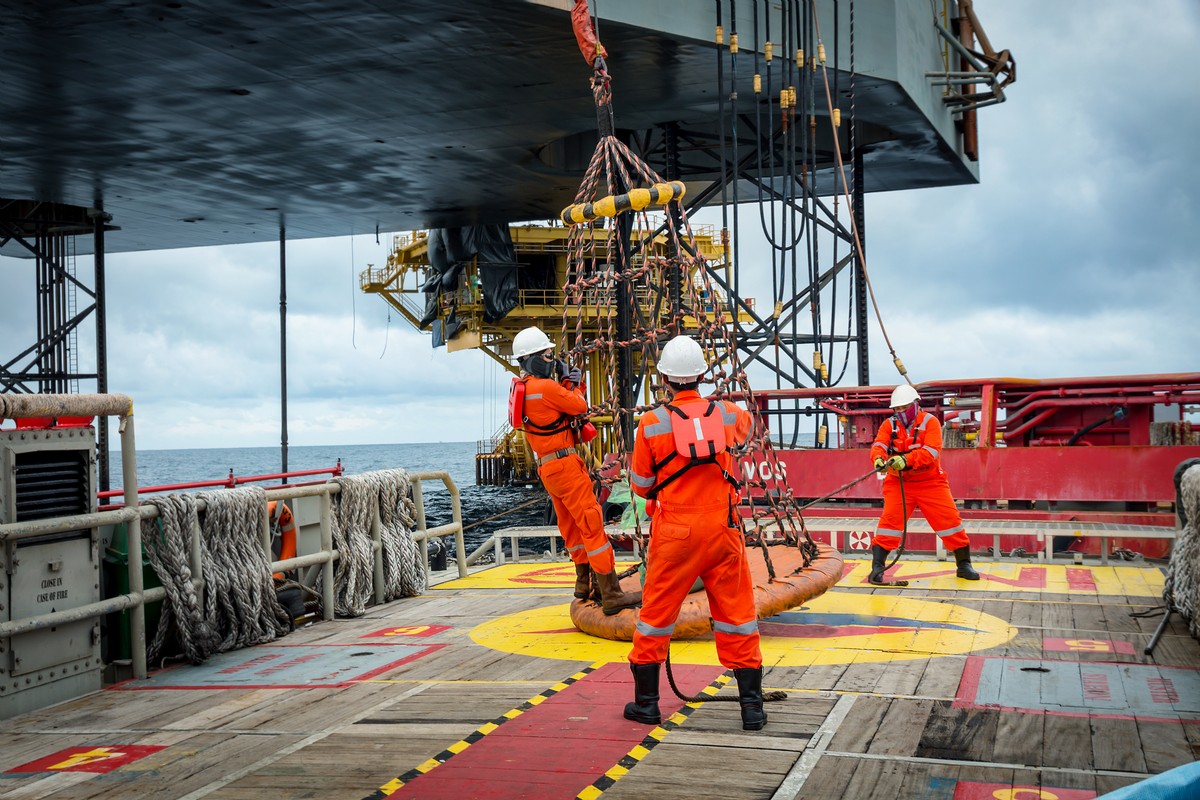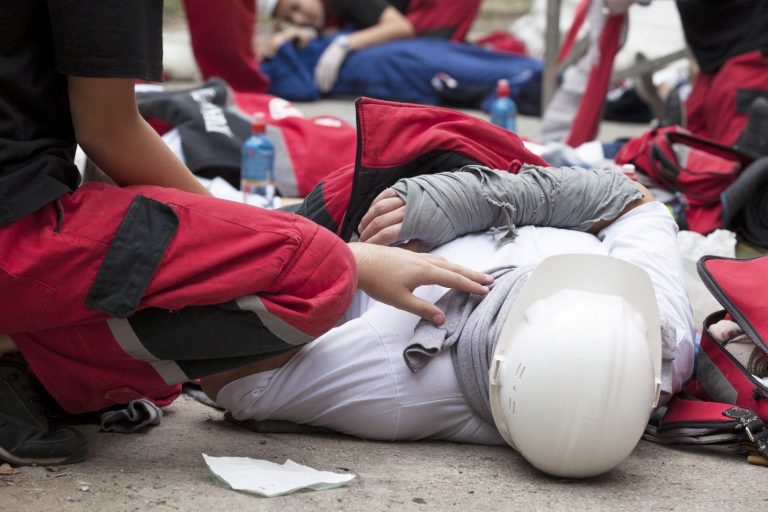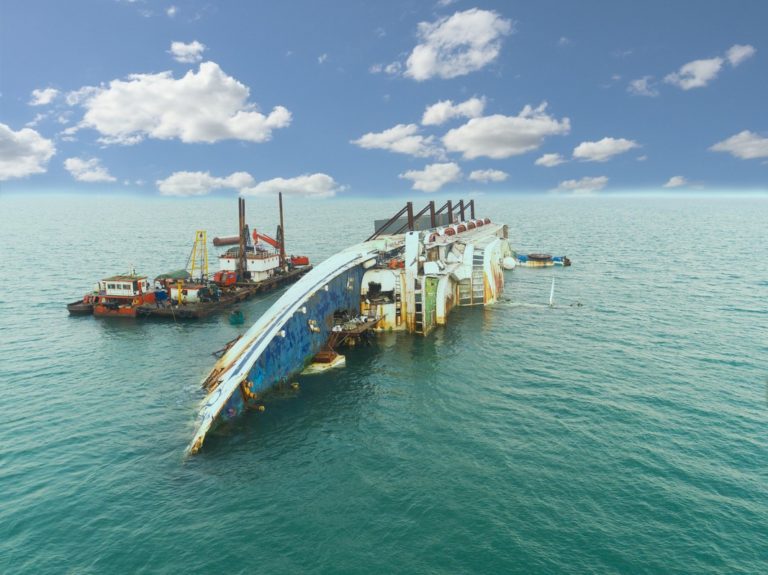Much of the focus since April has been on massive well blowouts like the one that occurred on the Deepwater Horizon, and preventing these. However, there is evidence to indicate that maritime lawyers should be more worried about the offshore accident risks that come from poorly maintained, neglected offshore platforms that are practically falling apart.
The Wall Street Journal conducted an analysis of aging offshore infrastructure, and found that many of these rigs, some of which are several decades old, are practically falling apart at the seams. Pipes are corroded, emergency valves are covered with bird droppings, and important safety systems simply don’t work. According to the analysis, approximately 50% of the more than 3,000 offshore platforms in the Gulf of Mexico were constructed or installed at least 20 years ago. That was long before the establishment of modern construction safety standards, raising fears that these platforms may have been constructed unstable, or may be well past their prime. In fact, according to the analysis, many of these rigs are probably operating for much longer than the operators had meant for them to.
There is enough evidence in the analysis to indicate that older rigs are at a much higher risk of accidents, explosions and fires. According to federal offshore accident records, platforms that are at least 20 years old were involved in more than 60% of fires and 60% of serious injuries on platforms. According to researchers from Louisiana State University, even a 1% increase in the age of the platform can lead to a .3632% increase in the accident rate. The accident risks simply increase when you have an older offshore platform.
It’s not just offshore platforms that we need to worry about, but also the state of our existing offshore pipelines. These are also subject to corrosion and wear and tear, and because of lax in special standards, much of the pipeline network in the country is in poor shape.







